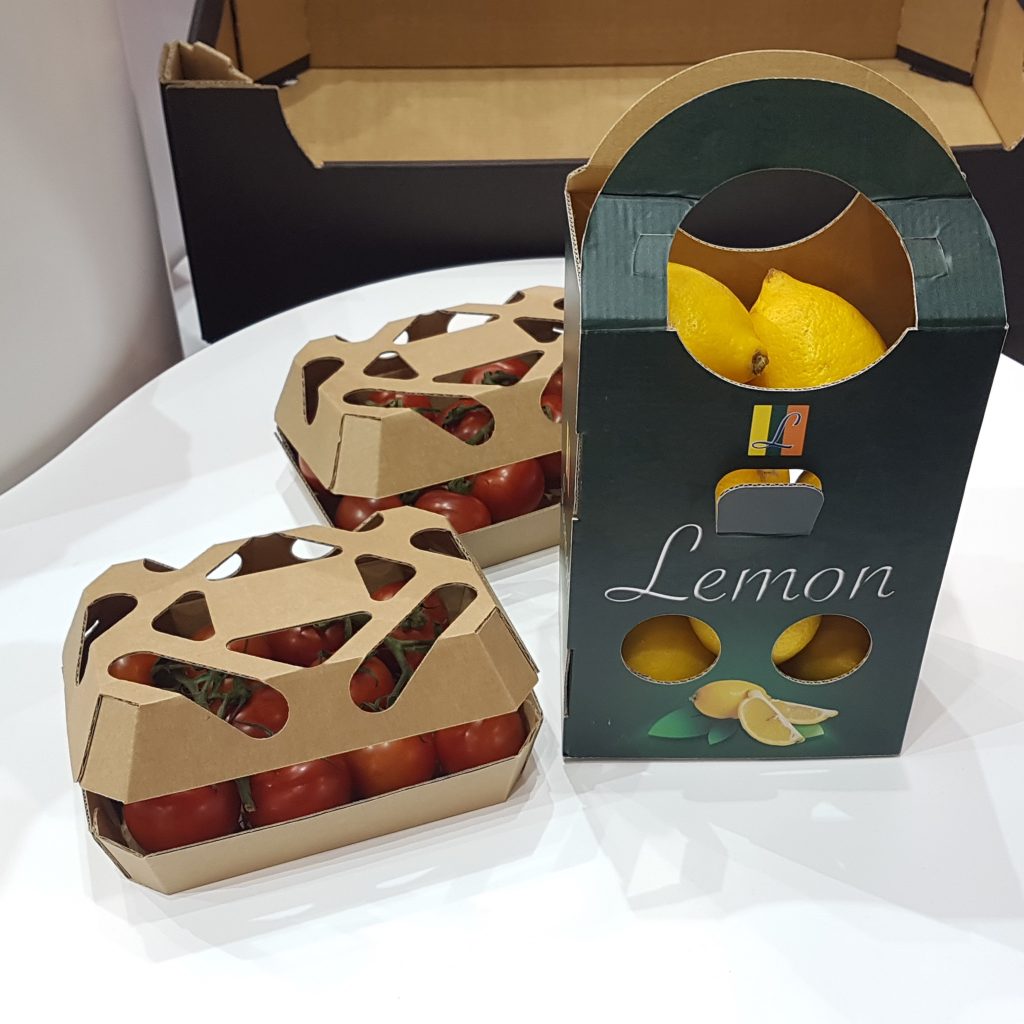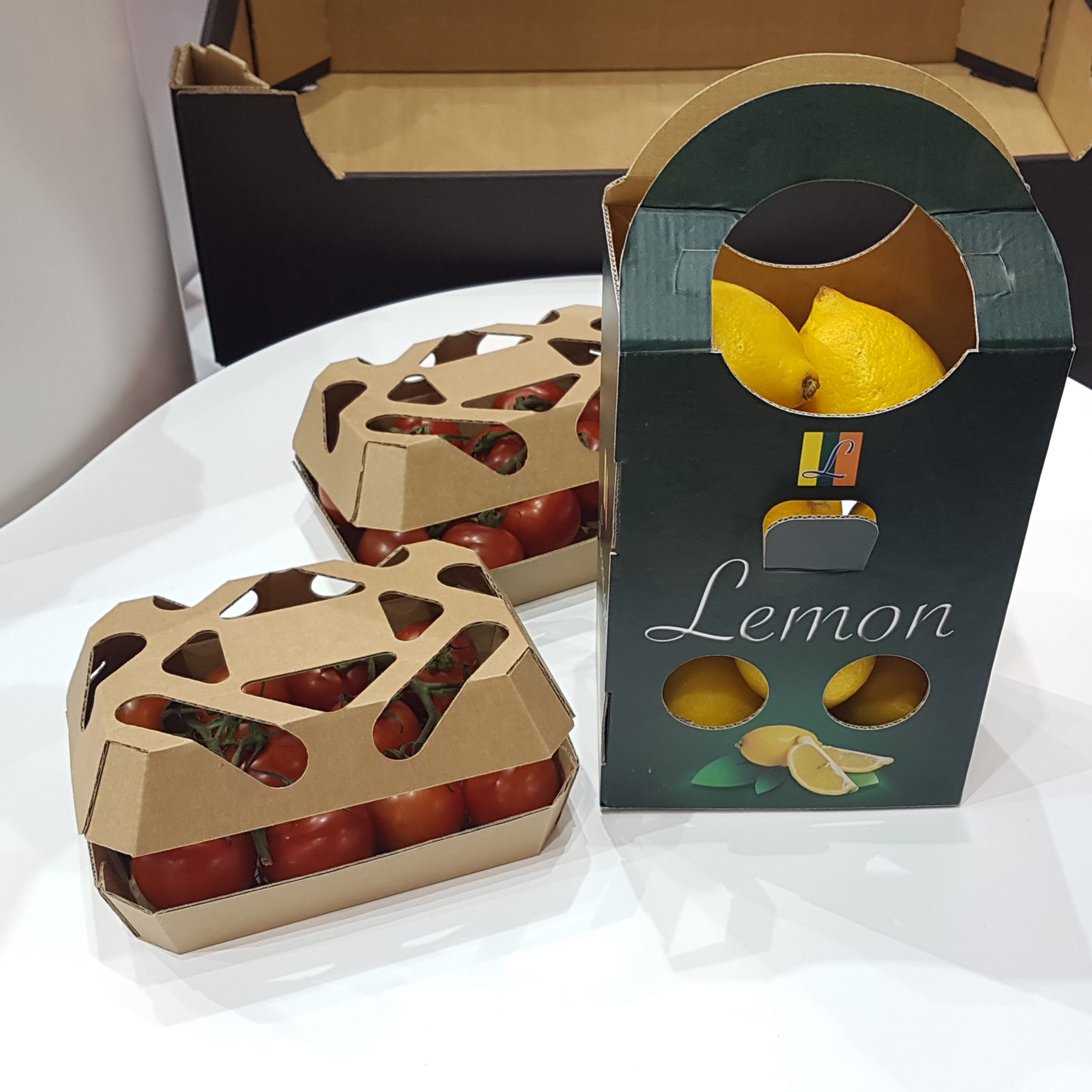Corrugated: Circular by nature – what else?
FEFCO welcomes the new Circular Economy Action Plan published by the Commission today. The circular economy is vital for achieving the Green Deal ambition for climate neutrality, preserving natural resources and supporting the competitiveness of the European economy.
The sustainable product policy framework could be a real driver for circularity which starts with the right selection of raw materials and the efficient use of resources. The bioeconomy plays a key role by providing renewable fibre-based materials as a sustainable alternative to other finite resources. FEFCO is pleased with the Commission initiative to support the “sustainable and circular bio-based sector”.
Recycling gives valuable materials like paper and board a long-life span. The circular economy needs recycling as much at it needs waste prevention and re-use to keep the materials in the loop and to minimise the use of resources.
Designing sustainable products is key and should be a requirement for all packaging. The paper and board industry already issued “Paper-based packaging recyclability guidelines” to support the industry and its customers in building circularity into their products.
Corrugated cardboard packaging is a real example of circularity and sustainability. Paper comes from a renewable source and we use recycled paper as a major raw material, optimising the use of natural source and reducing the environmental impact. “On average corrugated packaging contains 89% recycled content and is circular by nature”, says Angelika Christ, FEFCO Secretary General.
Packaging plays a key role in protecting products and ensuring safe delivery and storage, maintaining the quality of the product and often extending shelf life of fresh food. While overpackaging should be reduced, underpackaging can have a hugely negative impact on the environment. Packaging fit for purpose can prevent food waste and support the EU ambition and the UN Sustainable Development regarding food loss and waste.
It is essential to maintain the competitiveness of the EU industry and to support its growth while protecting the environment and building a new circular economy.




